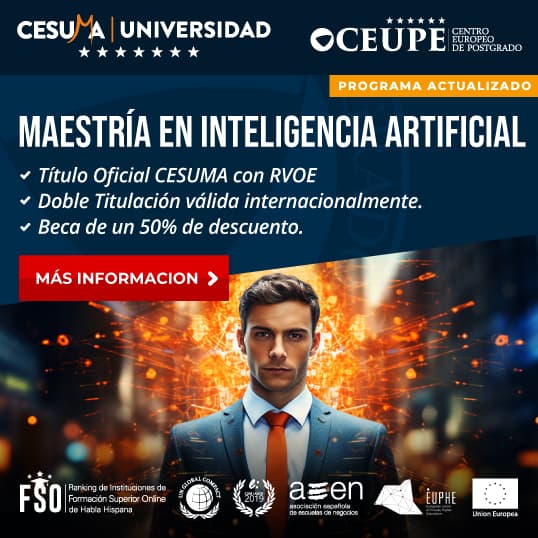As humans, we have long been fascinated by the intricate workings of the animal kingdom. From the way their bodies move to the way they communicate, animals have long captivated our imaginations. However, beyond just aesthetic appeal, there is much to learn from delving deep into the inner workings of animal anatomy.
As we continue to face global challenges such as climate change and disease outbreak, acquiring a detailed understanding of animal anatomy is increasingly becoming an essential tool for conservation and better health. In this article, we explore the importance of understanding animal anatomy, how it can lead to better health outcomes, and its crucial role in conservation efforts.
What is Animal Anatomy?
Animal anatomy refers to the study of the physical structure and organization of animals – their bones, muscles, organs, and tissues. A comprehensive understanding of animal anatomy is critical to fields such as veterinary medicine, wildlife conservation, and research, and animal husbandry.
Through the study of animal anatomy, we can gain a better understanding of how animals move, breathe, and function, and how different body systems interact to maintain life. It can also help identify internal or external anomalies and better understand how they might affect health or behavior.
Unraveling the Mysteries of Animal Health
An in-depth understanding of animal anatomy is crucial to promoting better health outcomes. For example, research around the anatomy of the horse’s forelimb has allowed for the development of more effective methods of diagnosing and treating lameness, a common problem in horses.
Similarly, an understanding of animal anatomy has been critical in the development of surgical techniques for animal patients that can minimize invasiveness and improve recovery times. Investigations into the brain anatomy of dolphins have revealed more complete insights into the ways in which these aquatic mammals communicate, giving way to new approaches for the study of animal communication more broadly.
Conserving for Future Generations
The stakes behind the study of animal anatomy go far beyond our companion animals, with applications that extend into the realm of wildlife conservation. Through examining everything from the composition of bone to the distribution of muscle groups, biologists can identify clear differences between living and extinct species.
Our current knowledge of the anatomical structure of animals is derived from years of research conducted through careful examination of living and extinct species. It is through this research that we have come to understand much of what we know about these complex creatures that share our planet.
Working to better understand animal anatomy allows conservationists to assess the impact of activities such as habitat destruction or pollution on animal populations, as well as the effects of the introduction of invasive species.
It’s important to remember that the anatomy of an animal is more complex than just a collection of biological parts. It is a crucial part of understanding animal behavior, which in turn helps animals thrive in their natural habitats.
Unlocking the Secrets of Animal Intelligence
Understanding animal intelligence is also an important function of unlocking the secrets of animal anatomy. Recent studies have indicated that animals are far more intelligent than we once believed, with some species engaging in activities previously only associated with humans, such as painting.
The ability to understand the intricacies of animal intelligence is valuable in conservation efforts. It can help researchers determine the kinds of environments that are most beneficial for the animals they are studying, and provide valuable information regarding the potential risks of exposure to environmental toxins or pollutants.
Moreover, research has demonstrated that understanding animal intelligence can help provide important insights into human cognitive function. In a 2013 study, scientists demonstrated that the brain architecture of dogs is strikingly similar to that of humans, suggesting that dogs may have a far greater capacity for mental processing than we once realized.
The Intersection of Technology and Animal Anatomy
The application of new technologies like MRI machines and X-rays have revolutionized the study of animal anatomy in recent years, allowing researchers to probe deep into the inner workings of animal bodies.
MRI machines provide researchers with a 3D image of the internal structures of animals, providing a level of detail previously impossible to attain. This technology has allowed for the creation of comprehensive anatomical databases that provide valuable information for both medical and conservation applications.
X-rays are similar, providing researchers with a view of the inner workings of animals through the use of radiation. They are particularly useful in the study of skeletal structure and bone density, allowing researchers to more fully understand the ways in which these structures support the bodies of animals.
In Conclusion
A detailed understanding of animal anatomy is critical for numerous fields, including veterinary medicine, conservation, and research. With the help of modern technology, we are now able to gain greater insight into the inner workings of animal bodies than ever before, providing valuable information that can be applied to improve both animal and human health outcomes.
As we continue to face ongoing challenges such as climate change and disease outbreak that threaten the wellbeing of our planet’s animal populations, it is evident that a thorough understanding of animal anatomy will play an increasingly integral role in assisting with conservation efforts, allowing researchers to better diagnose and treat diseases affecting animals and humans alike, and promoting the sustainable coexistence of humans and the natural world.
- Unlocking the Secrets of Animal Anatomy: Why Understanding the Inner Workings of Bodies is Crucial for Conservation and Better Health - 28 de abril de 2023
- Say No to Exotic Animal Ownership: Why Keeping Them as Pets is Inhumane and Dangerous - 28 de abril de 2023
- Unlock the Secrets of the Best Dog Breeds for Your Family: A Comprehensive Guide - 28 de abril de 2023



